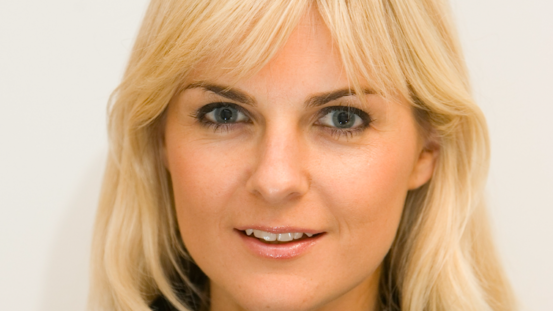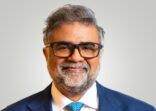Dozens of global asset managers have set up wholly-foreign owned enterprises (WFOEs) in China and many have launched onshore funds with the aim of securing a foothold in China’s huge fund market.
But Goldman Sachs Asset Management, despite being one of the largest managers with nearly $1.5trn in assets, has not put a WFOE on the priority list.
“We are still watching China,” Jessica Jones, Hong Kong-based head of retail client business for Asia ex-Japan at GSAM, said at a recent media briefing.
“We are pleased by the positive developments from a regulatory perspective in terms of being able to do business in China. But we are still evaluating our options,” Jones added.
Her comments do not differ from last year when she said that although China is an important market for the firm, establishing a WFOE is something that the firm that has been “constantly evaluating”.
GSAM would seem to have an advantage: It manages $177bn in quant strategies and quantitative strategies have become popular in China.
Foreign private fund management (PFM) operating in China that have launched quant funds include UK-based Winton Capital, which is one of the PFMs that has launched the most number of onshore funds (six in total) among all foreign PFMs. Other firms have also launched quant strategies in China, including Man Group and DE Shaw.
Hong Kong business
In the SAR, the firm has bolstered its retail business by partnering with three bank distributors this year, according to Jones. This month, Standard Chartered Bank became the firm’s third retail distribution partner. Earlier this year, GSAM partnered with HSBC and DBS Bank.
The asset manager made its entry to the Hong Kong’s retail market last year, after it received approval from the Securities and Futures Commission to launch seven products – three of which are long-only quantitative equity funds – to retail investors in the SAR.
Jones noted Standard Chartered’s private banking business has been a distribution partner for the institutional and high net worth side.
Across Asia ex-Japan, Jones said the firm set up 15 retail and private banking distribution partnerships in the past 18 months, adding that there has been “increasing interest in Thailand”.
Quant strategy
Jones claims that among the funds that the firm manages, it is the quant strategies that have become popular in Asia.
She said the Global Core Equity Portfolio, a long-only equity global quantitative strategy, has been popular among retail distributors in Hong Kong.
In total, GSAM’s quant funds had net inflows of $2bn since the beginning of 2017 from Asia (ex-Japan) across all client segments, including retail, institutional and high net worth investors, according to Jones.
The firm’s quant funds incorporate big data and machine learning into the investment process, added Alison Lau, Hong Kong-based quantitative investment strategies in Asia ex-Japan, during the briefing. They look at 250 investment signals to calculate the expected returns for 13,000 stocks globally, she said.
The investment signals include data coming from earnings reports, news sources, press releases and patent filings. Unstructured data, which is data that could not be processed by a simple spreadsheet, are also included. These include videos, voice recordings, web traffic and satellite images.
“We leverage the computer to help us identify connections among companies that may otherwise get unnoticed by most investors,” Lau said.
“For example, renewable electricity and airports may not seem to be connected. But they are actually connected because of the growing implementation of renewable energy in airports. If we can identify these interconnected companies quickly before the market does, then we can take advantage of that before the market prices it in.”
The GS Global Core Equity Portfolio versus its benchmark and category average


















